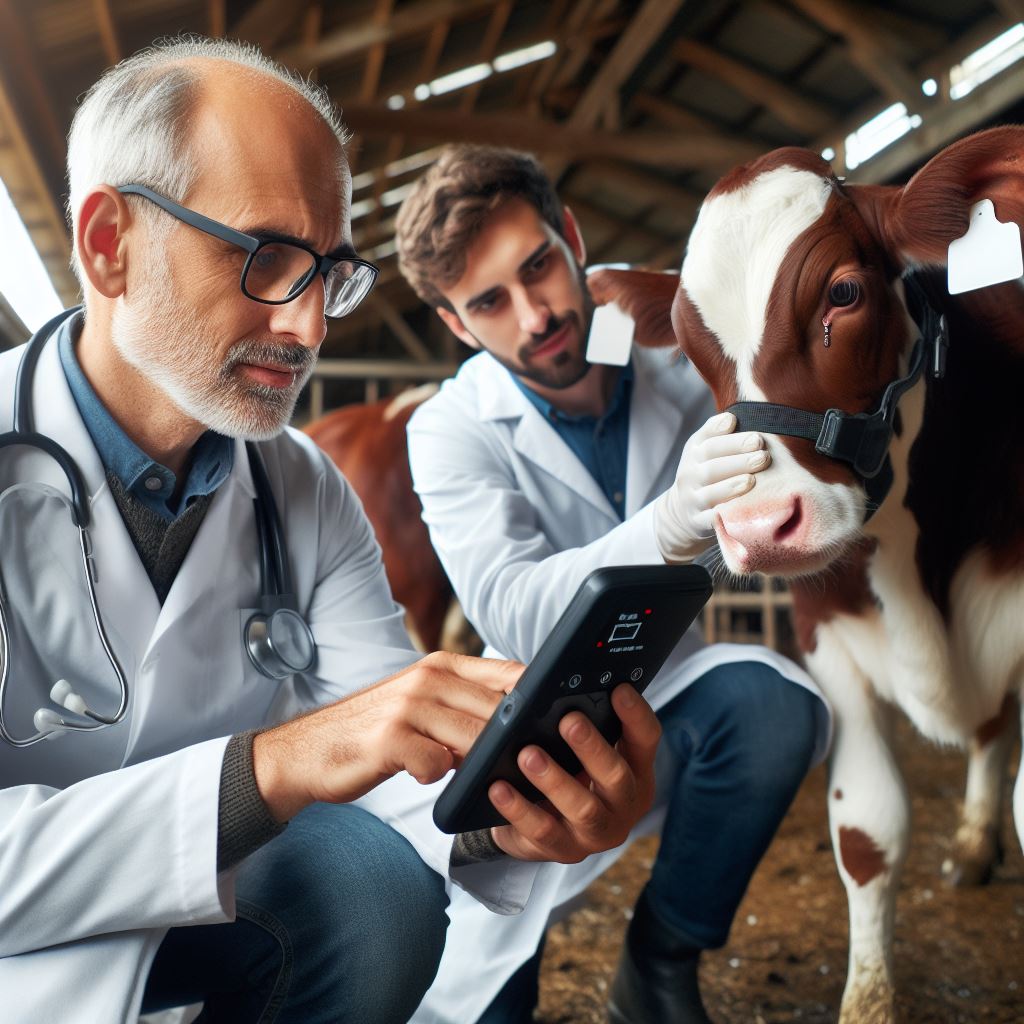Precision Livestock Farming: Optimizing Animal Welfare, Productivity, and Sustainability
On this day, we set forth to learn more about the thought-provoking matter of Precision Livestock Farming: Optimizing Animal Welfare, Productivity, and Sustainability. We will explore meaningful data and offer innovative perspectives to the readers.
Video about Precision Livestock Farming: Optimizing Animal Welfare, Productivity, and Sustainability
Precision Livestock Farming: Optimizing Animal Welfare, Productivity, and Sustainability

Precision livestock farming (PLF), a rapidly evolving field at the intersection of agriculture and technology, is transforming the way we interact with and manage livestock. Rooted in the principles of data-driven decision making, PLF leverages advanced sensors, artificial intelligence, and other cutting-edge technologies to monitor and manage animal health, behavior, and productivity with unprecedented accuracy. This approach not only promises significant economic benefits for farmers but also fosters improved animal welfare and contributes to environmental sustainability.
The Pillars of Precision Livestock Farming:
PLF operates on a foundation of data collection and analysis.
Sensors: A diverse array of sensors, both wearable and environmental, play a crucial role in gathering real-time information about individual animals and their surroundings. These sensors can monitor:
- Animal health: Body temperature, heart rate, respiration, activity levels, and even gait can be tracked to detect early signs of illness or distress.
- Feeding behaviour: Sensors can track feed intake, identify animals experiencing feeding difficulties, and optimize feed rations for individual animals.
- Location and movement: GPS trackers and RFID tags allow farmers to monitor animal movement patterns, identify potential escape risks, and optimize grazing strategies.
- Environmental conditions: Sensors can measure temperature, humidity, ammonia levels, and other environmental factors, ensuring optimal living conditions for the animals.
Data Integration and Analysis: Collected data is processed and analyzed using sophisticated software algorithms and artificial intelligence (AI). This analysis helps farmers:
- Identify trends and patterns: Anomalies in animal behavior or health indicators can alert farmers to potential problems, enabling timely intervention.
- Predict future outcomes: Machine learning models can be trained to predict animal health issues, reproductive cycles, and even individual growth trajectories.
- Optimize resource allocation: Data-driven insights can guide decisions on feed allocation, grazing management, and other resource utilization strategies, improving efficiency and reducing waste.
Automation and Decision Support:
PLF systems integrate with existing farm infrastructure and automate various tasks, freeing farmers from repetitive manual work.
- Automatic feeding systems: Sensors can adjust feed delivery based on individual animal needs, ensuring optimal nutrition and reducing waste.
- Automated health monitoring:
Closure
We hope this article has contributed to your knowledge about Precision Livestock Farming: Optimizing Animal Welfare, Productivity, and Sustainability. We hope you found this article valuable and insightful. See you again in our next article!.

No comments:
Post a Comment